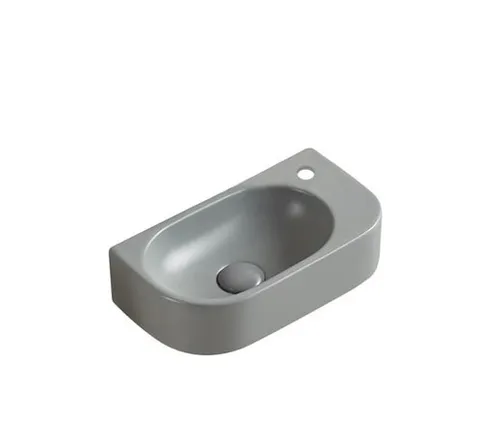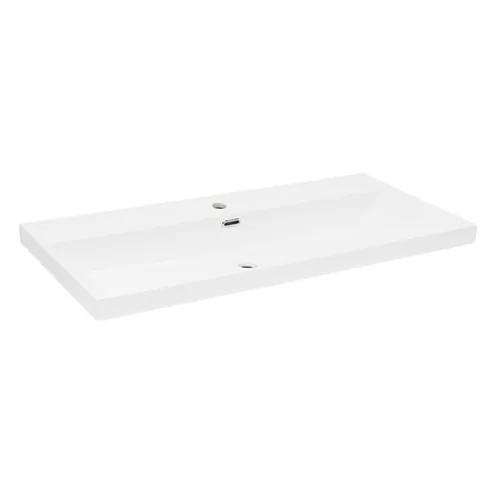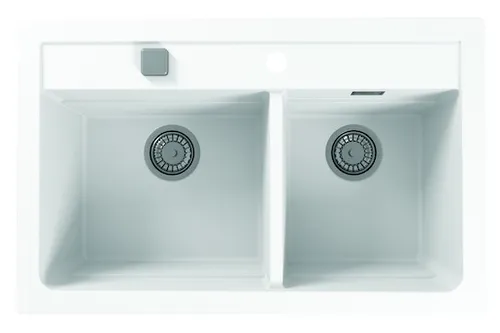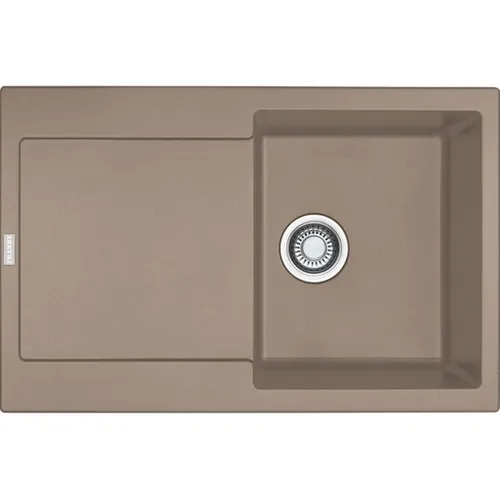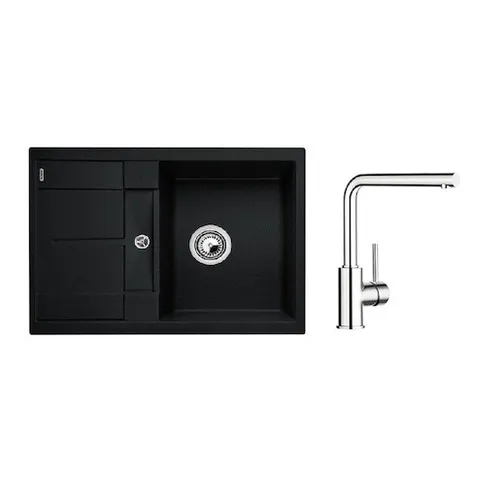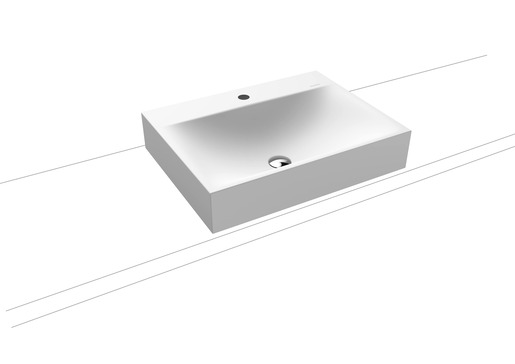Sinks are essential plumbing fixtures found in kitchens, bathrooms, and utility areas, serving as the primary location for various tasks such as washing hands, preparing food, and cleaning dishes. They are designed for both functionality and aesthetics, catering to homeowners, renters, and commercial establishments alike. When selecting a sink, it is crucial to consider several factors to ensure that the chosen product meets your specific needs and complements your space.
One of the key factors to consider when choosing a sink is the material. Common materials include stainless steel, porcelain, cast iron, and composite. Stainless steel sinks are popular for their durability and resistance to stains and corrosion, making them ideal for busy kitchens. Porcelain sinks offer a classic look and are easy to clean, but they can be prone to chipping. Cast iron sinks, often coated with enamel, provide a robust option with excellent heat retention, while composite sinks combine materials for enhanced durability and a variety of colors. Each material has its advantages and disadvantages, so it’s essential to weigh these based on your lifestyle and preferences.
Another important parameter is the sink's configuration. Sinks come in various styles, including single bowl, double bowl, and farmhouse designs. Single bowl sinks are great for small spaces and offer ample room for washing large pots and pans. Double bowl sinks provide versatility, allowing for multitasking, such as washing and rinsing simultaneously. Farmhouse sinks, with their deep basins and exposed front, add a rustic charm to kitchens but may require specific cabinetry adjustments. Consider the layout of your kitchen or bathroom and how the sink will fit into your workflow.
When it comes to features, think about the depth and size of the sink. A deeper sink can accommodate larger items and reduce splashing, while a shallower sink may be easier to reach into. Additionally, consider the faucet compatibility and whether you want integrated accessories like cutting boards or colanders. Some sinks also come with sound-deadening pads to minimize noise, which can be a significant advantage in busy households.
Maintaining and caring for your sink is vital to ensure its longevity and performance. Regular cleaning with appropriate products is essential, as harsh chemicals can damage certain materials. For stainless steel sinks, a gentle cleaner and a soft cloth will help maintain their shine. Porcelain sinks should be cleaned with non-abrasive cleaners to avoid scratches. It’s also important to avoid leaving standing water in the sink for extended periods, as this can lead to stains or mineral buildup.
To get the most out of your sink, consider pairing it with the right accessories. A quality faucet can enhance functionality, while a sink mat can protect the surface from scratches and dents. If you have a double bowl sink, using one side for washing and the other for rinsing can streamline your kitchen tasks. In bathrooms, adding a soap dispenser or a stylish soap dish can keep the area organized and visually appealing.
In conclusion, selecting the right sink involves careful consideration of materials, configuration, features, and maintenance. By understanding the advantages and disadvantages of different sink types, you can make an informed decision that enhances both the functionality and aesthetics of your space. With proper care and the right accessories, your sink can serve as a reliable and stylish fixture in your home for years to come.
show more text


